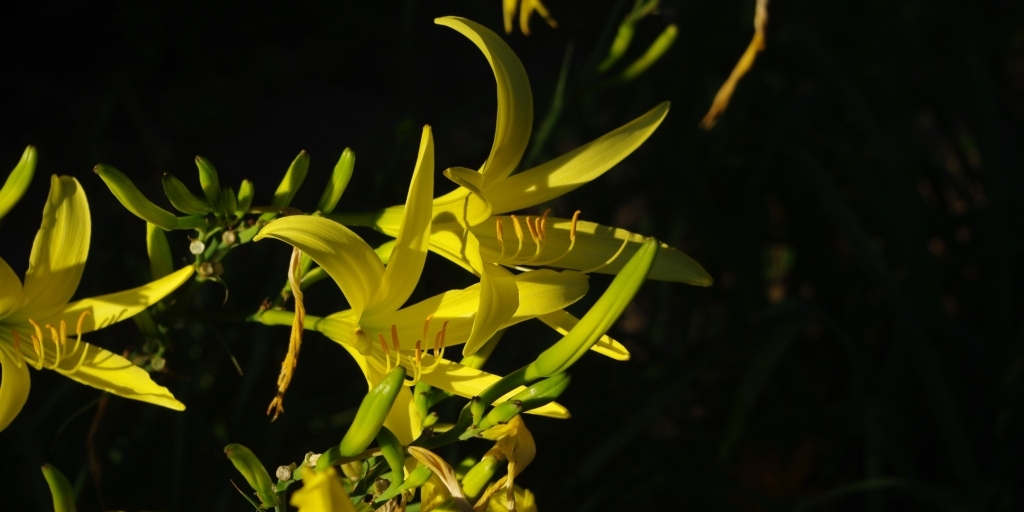Publications
We have been developing many publications which have been scattered across this web site. However we have also seen some un-named commentators who feel that since these documents are not "peer reviewed" that they should not be read. We respectfully disagree. We have indicated that they are Drafts, we have asked that if there are comments that you communicate then, we will try as best as we can to address them, and they are here for the sole purpose of "sharing" ideas. Hopefully those who find them useful will continue to do so and those who find them offensive for some reason share with us their concerns. Anonymous statements regarding the alleged weaknesses of these pages in my opinion serves no useful purpose. But alas, that is the world of the Internet. Sorry folks but there seems to be some making these remarks hidden in the shadows and never having the courtesy to send them to me and they seem to be really in a nit over the issue of "peer review". Perhaps we need someone from the House of Lords to check my notes, but as an Irishman I would of course reject that alternative. But thanks for coming here, hope it is of some value. But remember and beware, that there are non "peer reviewed" articles here! As I have said all over this site these are my writings in draft form and are opinion and should not be relied upon! But unlike some I have attached my name to them.
This page collects them in one place.
Books
We have just posted (January 2009) the book on Hemerocallis in Draft form. It will be subject to editing this spring. Comments are welcome. The book is meant for a more technical audience. It presents the challenges of the genetic revolution within the context of the genus Hemerocallis.
Hemerocallis: Genus, Species and Genetics
Papers
The Blue Daylily which details the presentation. This paper demonstrates how to define blue, the blue we all know is not achievable in the daylily and we present ways to construct genes to create an almost blue.There is also a longer version of The Blue Daylily.
Backcrossing: A Mathematical Approach, August 2008, a pre-publication paper presenting a detailed mathematical model for backcrossing detailing how it may be analyzed for any number of genes. In addition we present and detail a method for determining the number of active genes in a plant using backcrossing.
Genetic Pathways This is a paper discussing the gene product interactions on the anthocyanin pathways which control flower colors.
Color Patterning in Hemerocallis, July 2008, This paper presents the details of our work in pattern explanation if substantial detail. This paper is a pre-publication, actually still pre-submission, version of results demonstrating how color and more importantly patterning is effected in the daylily. It takes the insights of Petit and the genius of Turing and simply combines them with real flowers and explains how patterns occur as well as explaining how they can be made.
Classic Genetics, Hybridizing of Hemerocallis and Current Techniques, See Paper) June 2008, is a paper which address two major issues; classic Mendellian genetics and current hybridizing techniques. In the classic technique area we first discuss breeding methods as are well known to those in the crop area, using the Mendellian models, and then we review many of the past and current hybridizers and look carefully at their techniques.
Phylogentics, DNA, Classification and the Genus Hemerocallis, June 2008, has been added to the list of papers. I am also finishing the handouts on a lecture series on the Genus in broad scope. I have been working on these issue for over the past two years. The most recent paper referenced above deals with the genetic tools which allow one to look at the DNA directly and indirectly of Hemerocallis and to achieve two things. First is the issue of how doe we separate the species and how are they related phylogentically to one another. The second issue is to attempt to set forth the tools which allow us to look at the hybrids and understand the color and other issues which we seek to modify and improve.
Flower Tessellation Patterning and a Genetic Pathway Explanation, June 2008. This paper expands the work of the previous two papers and details an analysis of plant patterns using the Turing method. The paper reviews the issues of genetic pathways and secondary paths with colorants and then introduces the Petit Patterns as a means to incorporate the Turing model for color patterning.
Flower Color and Means to Determine Causal Anthocyanins And Their Concentrations, June 2008. This paper details the mechanisms that generate plant color and details methods we use to determine specific anthocyanin concentrations.
 Telmarc
Gardens
Telmarc
Gardens